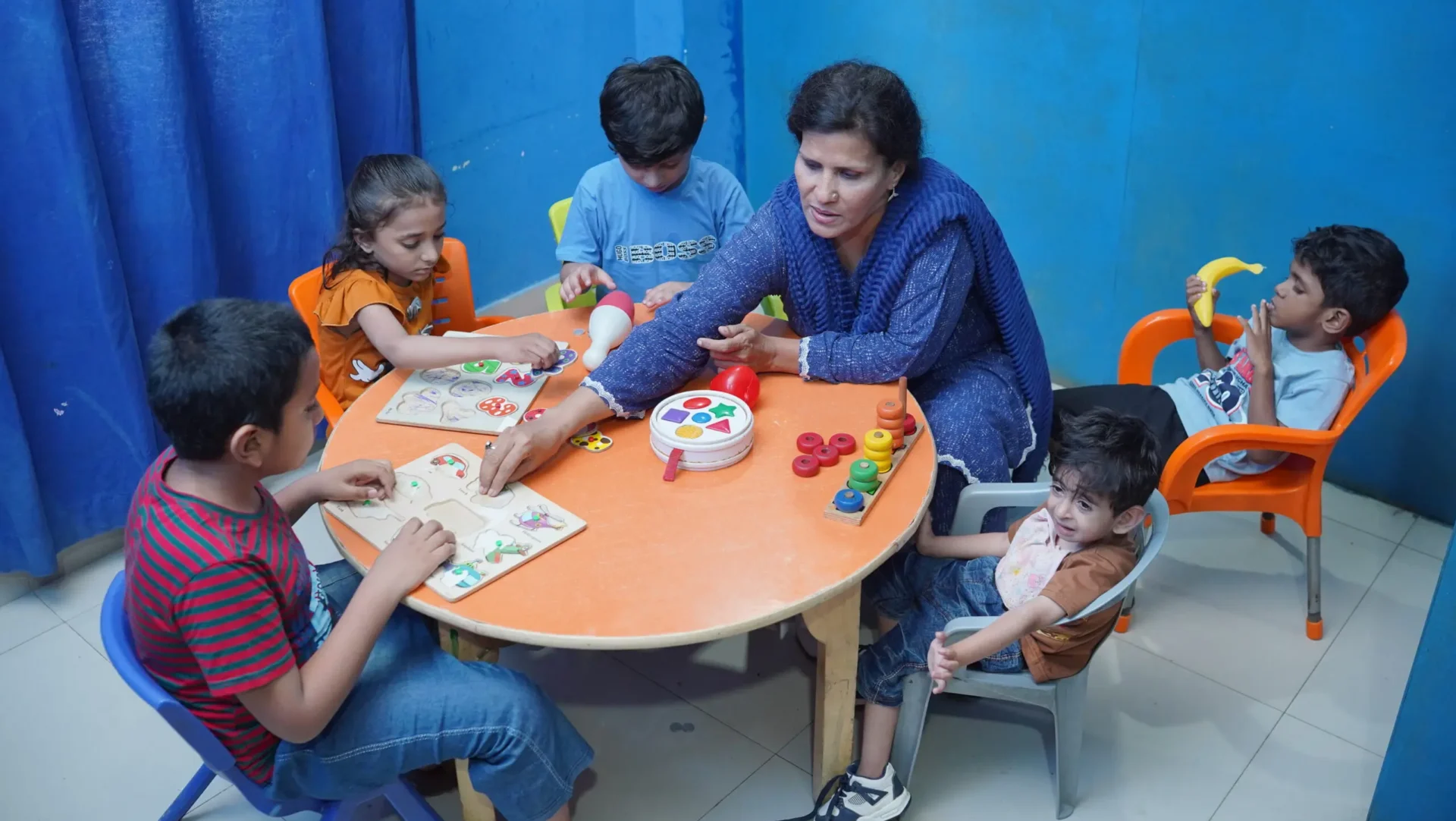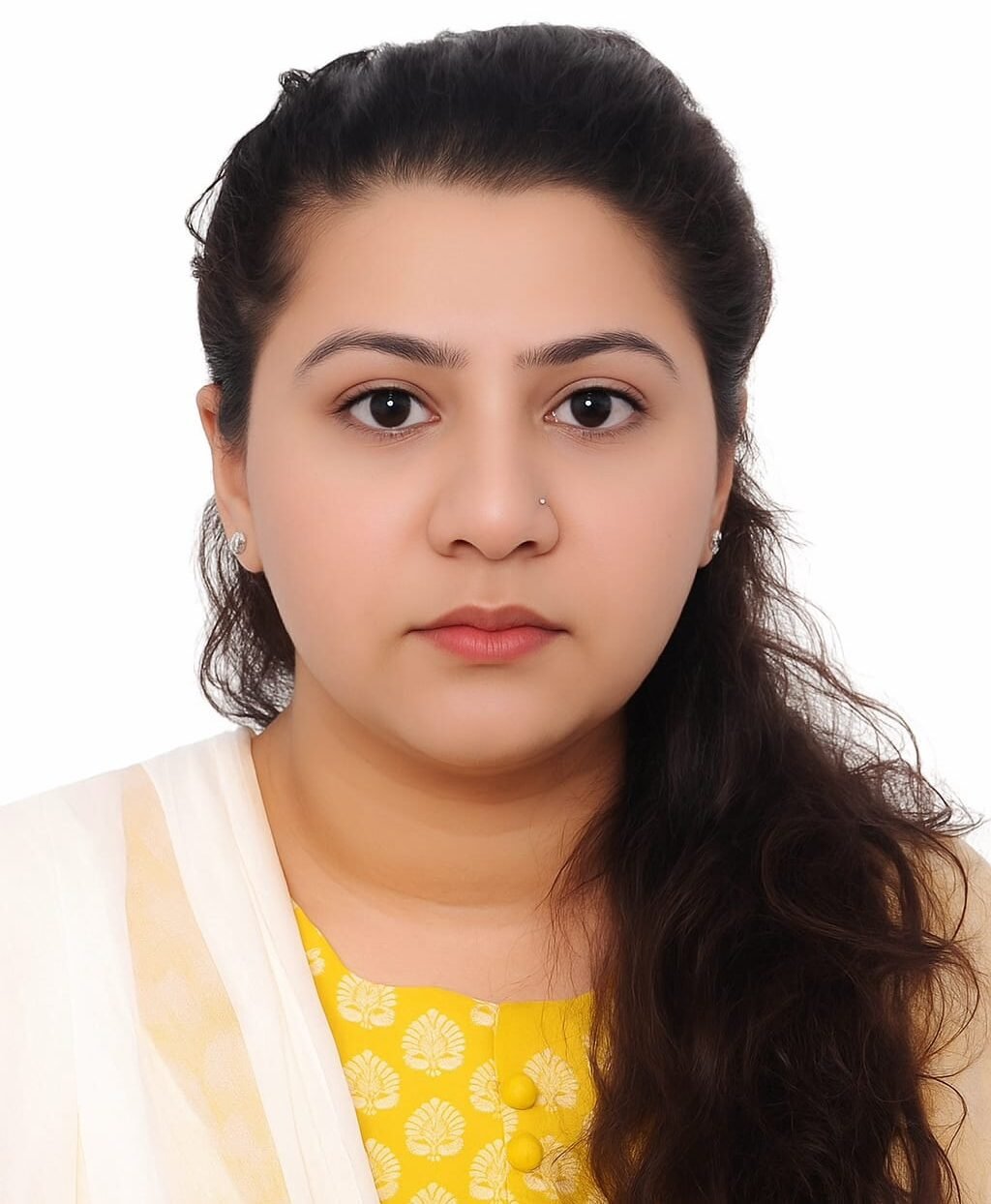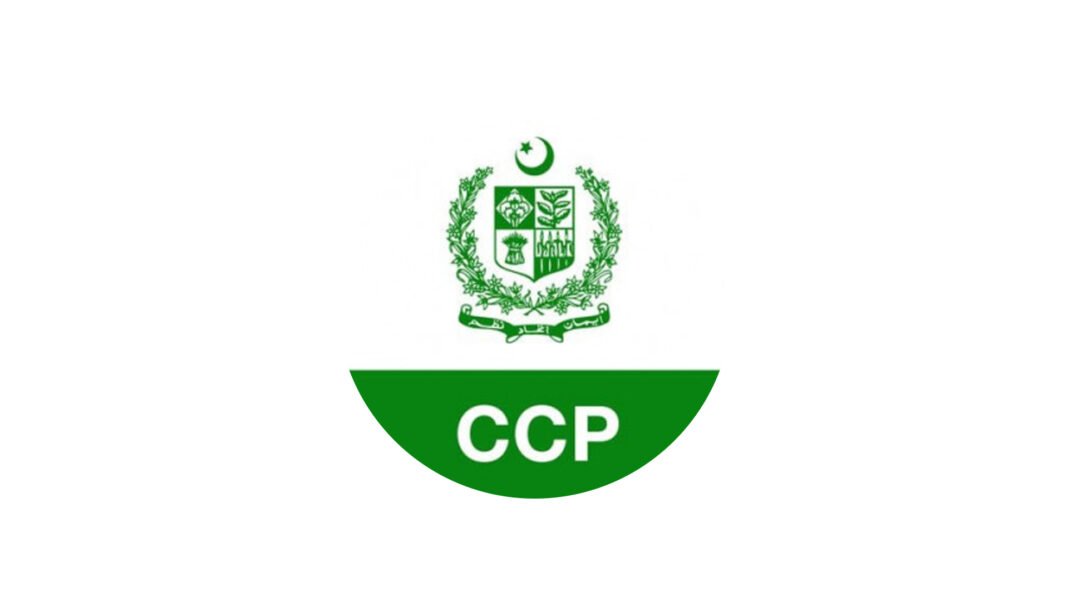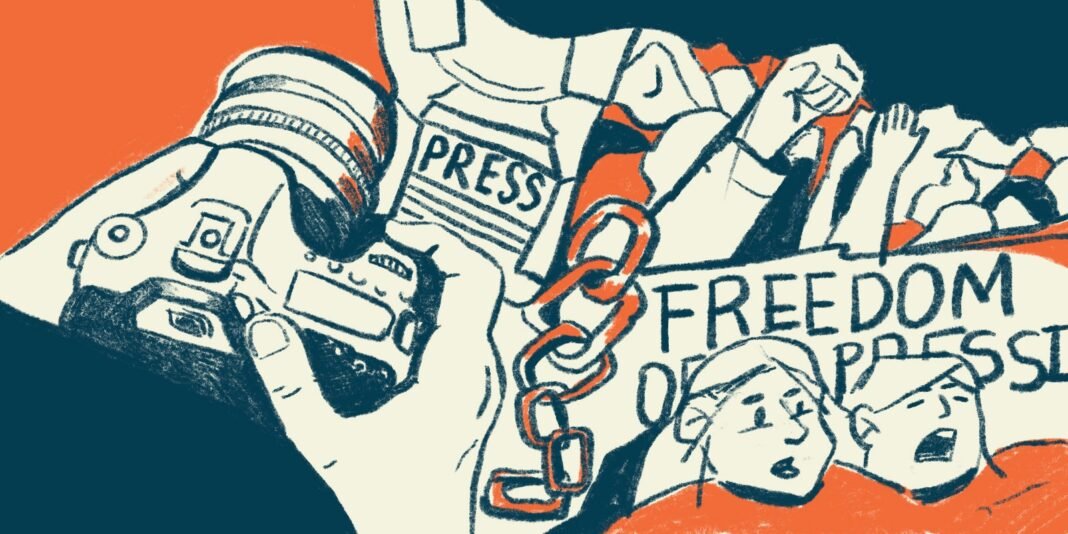In Pakistan, discussions once limited to private homes and classrooms are now being heard in hospitals, clinics, and across media platforms as more children are identified with autism and ADHD. For years these conditions were misunderstood or overlooked, often dismissed as poor behaviour or slow development. The rising numbers today are not merely statistics but a reflection of a society gradually acknowledging a reality that has always existed.
Awareness has grown and parents as well as teachers are more willing to ask questions and seek assessments. Diagnostic tools, once confined to big cities, are slowly reaching other areas. Although stigma remains, it is beginning to fade as more families share their experiences openly. Social change also plays a role. In today’s competitive and fast-paced world, children who cannot sit through rote lessons, adapt to rigid routines, or communicate in conventional ways are noticed more quickly.
Where they may once have been ignored, they are now more visible, and with visibility comes a rise in recognition and diagnosis. Behind every number is a child and a family facing their own battle. I have seen this up close in a young boy struggling to form words, his lips moving but sounds never arriving, his eyes silently pleading for understanding. This is the emotional weight of neurodevelopmental difference: not only the absence of speech or attention but the frustration of wanting to connect yet finding it out of reach.
For parents it is the painful truth that love alone cannot bridge this gap; support, patience, and personalised interventions are essential. These rising diagnoses are not only about clinical labels. They represent children whose ways of experiencing and engaging with the world do not always align with social expectations. Some appear withdrawn, others restless, some rely on silence or gestures, while others release energy in ways that overwhelm classrooms.
These are not failures of discipline or signs of weakness; they are evidence of the extraordinary diversity of the human mind. Pakistan now faces two urgent tasks: building systems in healthcare, education, and communities that can provide effective assessment, therapy, and inclusion, and reshaping cultural attitudes from shame to understanding.
The real crisis is not the number of cases but the lack of environments where these children can flourish. Children with autism and ADHD may not always communicate as we expect. Their voices may be silent, scattered, or expressed through actions rather than words, yet they are voices nonetheless and they deserve to be heard. As diagnoses increase, the question we should be asking is not “why so many?” but “how can we create a society where every voice, spoken or unspoken, is truly valued?”



